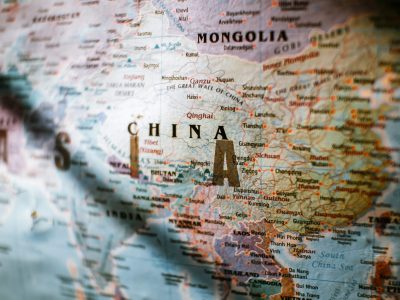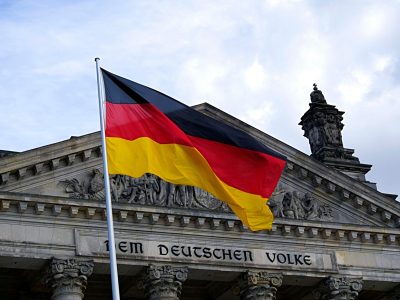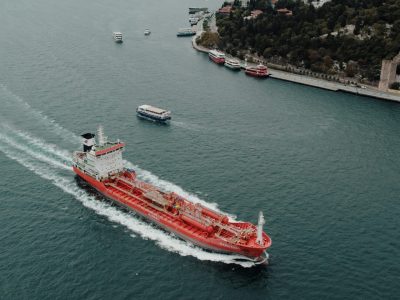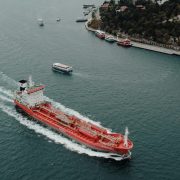
Venezuela, a country blessed with natural wealth and stunning landscapes, faces a tourism paradox.
Despite its abundant resources, the nation struggles to attract international visitors due to severely reduced aviation connectivity.
The suspension of commercial flights to key destinations like Panama, the Dominican Republic, and Peru on July 31 has led to a drastic 54% drop in international connectivity, severely hindering tourism development.
According to Marisela de Loaiza, president of the Venezuelan Airlines Association (ALAV), the number of weekly international flights has plummeted from 181 to just 83, resulting in a loss of 98 flights and 15,000 fewer seats each week.
This drop, she asserts, is a major blow to the tourism sector and the broader Venezuelan economy.
Political instability and its impact on tourism
Vicky de Díaz, president of the Venezuelan Association of Travel and Tourism Agencies (AVAVIT), attributes the declining tourism industry to Venezuela’s ongoing political turmoil.
Before recent political developments, there was renewed optimism as new airlines and international tourists began to return, aided by influencers promoting Venezuela’s hidden tourism gems.
However, political events, particularly around the July 28 election, disrupted this recovery.
The flight suspensions have cut off crucial routes to Panama, the Dominican Republic, and Peru, which were vital to Venezuela’s tourism connectivity.
Díaz stresses that the impact of these suspensions is significant, not only for travelers but also for businesses dependent on international tourism.
Despite these challenges, Díaz highlights that charter flights have emerged as a potential lifeline, drawing visitors from previously untapped markets such as Russia, Poland, China, and Trinidad.
However, she underscores the need for regular commercial flights to support long-term growth in the tourism industry and build a reliable operational framework for sustainable recovery.
Why has Venezuela fallen off the tourism map?
Two decades ago, Venezuela was a popular destination for European and American tourists, with bustling beaches and cities.
However, rising crime rates after 2010 and the humanitarian crisis in 2014 drove visitors away.
Today, Venezuela is not only costly to travel to—with flights from London to Caracas ranging from £627 to £969—but it is also expensive for tourists once they arrive.
Dining out in Caracas can easily cost between $100 and $150, making it a luxury out of reach for most Venezuelans, who earn an average monthly wage of $3.50.
While crime has decreased in recent years and conditions have improved, high costs, political instability, and unreliable public services continue to deter tourists from returning.
Many businesses, particularly hotels, have adapted by installing backup generators and water supply systems, but the recent flight suspensions have dealt a severe blow to an already fragile sector.
The Venezuelan paradox—an oil-rich country with immense tourism potential yet struggling to attract visitors—remains a compelling story of geopolitics and economics.
The country’s ongoing challenges in aviation connectivity and political stability paint a bleak picture for the tourism industry.
However, stronger international relations and smarter governance could one day restore Venezuela to its rightful place on the global tourism map.
For now, the journey toward that goal remains fraught with difficulties, but it is a journey worth pursuing for a nation with so much to offer.
The post Venezuela’s tourism paradox: Rich in resources, but struggling to attract tourists appeared first on Invezz









